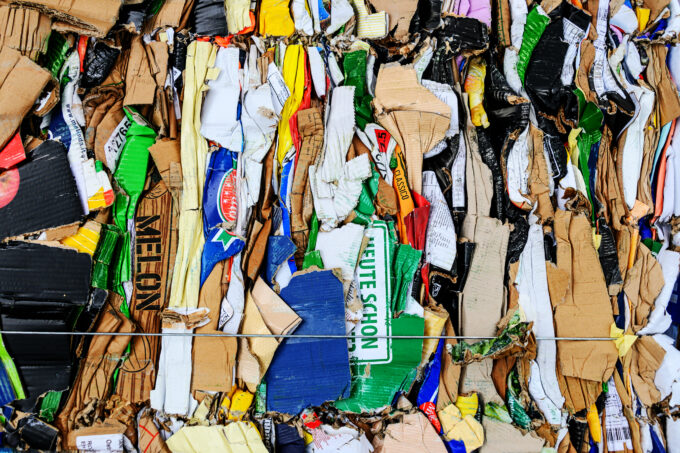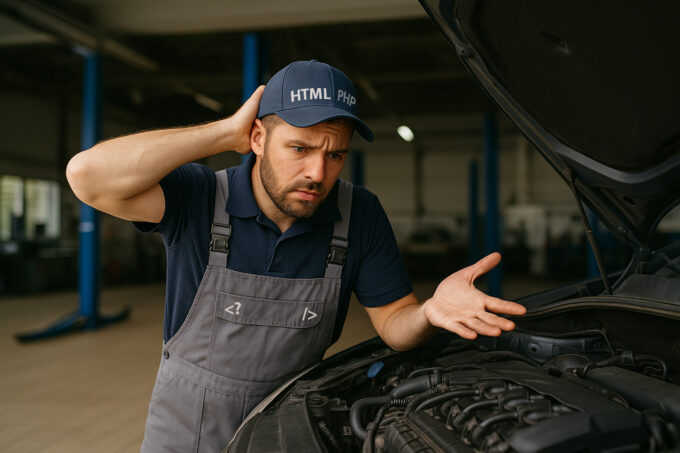When building a website, using images is super important. They help grab people’s attention, share information, and make the overall experience better. But did you know that the way you choose and optimize your images can affect how well your website performs? In this blog post, we’ll talk about some key things to consider when working with images on your website, like their size, format, and how to make them load faster.
Image Size

Uploading really big images to your website can cause problems. It takes up a lot of storage space, takes longer to load, and can slow down your website. So, before you put images on your site, make sure to resize them to fit the dimensions you need. This way, you save space and make your website load faster, which is better for visitors. Content management systems such as WordPress resize images and their theme templates utilize proper sizes based on the element scale and platform screen size. This is not a 100% guarantee, however, that your theme has it under control. We recommend that your original uploads do not exceed 2K (2048px) in width for most applications. Exceptions could be product images that utilize a zoom feature to review small details or big background images used in banners and sliders.
Image Format Choice

Picking the right image format is important for how good your images look and how well your website performs. Most of the time, using the JPEG format is a good choice. It keeps a good balance between image quality and file size. But if you need transparent images, like logos or graphics with special shapes, you should use the PNG format. GIF format is okay for simple animations and icons, but it might not look great or be as high quality. So, think about what each image needs and choose the format that works best.
Modern Formats
There are some new image formats that people use nowadays: SVG and WEBP. SVG is a special format that lets you make images bigger or smaller without losing quality. There is no advantage of saving images in raster (pixel) format as SVG, even though it may be offered by your image processor. SVG stands for Scalable Vector Graphic which means it is meant for your vector originated images. It’s great for logos and icons that need to fit different screen sizes without using multiple assets. As the name suggests – they scale to size and quality is as good as the user’s screen and graphic card can render. WEBP is a format that makes image files smaller without losing quality. But not all web browsers can show these formats, so you need to check if your visitors use modern browsers or have a backup plan for other formats.
Image Compression

Making your image files smaller is an important step in making your website faster. Compression means reducing the file size without making the image look bad. You can do this before you upload images by using special tools or websites that make the file size smaller. There are also plugins and scripts you can use on your website to compress the images it generates. When you compress images, your website loads faster, uses less internet data, and makes people happier when they visit.
Lazy Loading Images
Lazy loading is a technique that helps optimize image loading and improve website performance. Instead of loading all images at once, lazy loading allows images to load only when they become visible in the visitor’s viewport. This way, the initial page load is faster, reducing the overall load time and conserving bandwidth. Implementing lazy loading can significantly improve the user experience, especially on pages with multiple images or long-scrolling content.
Summary
Images are really important for making your website look good and giving people a good experience. But you also need to think about how they affect your website’s performance. By resizing images, choosing the right format, considering modern alternatives, compressing images and loading them as necessary, you can make your website load faster and be more enjoyable for visitors. Every little thing you do to optimize your images can make a big difference in how well your website works. So, don’t forget to pay attention to these things and make your website awesome!



